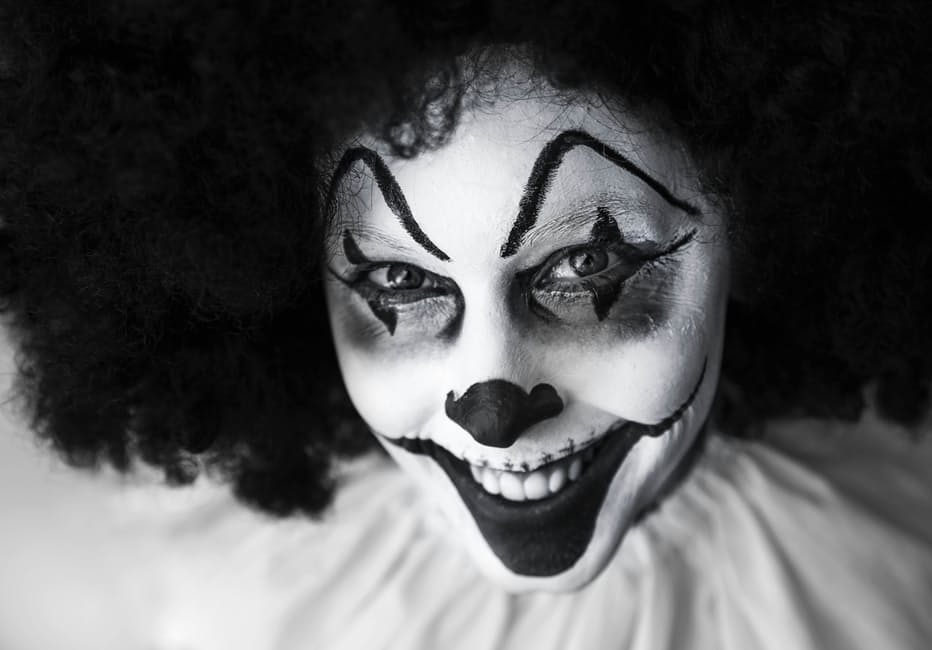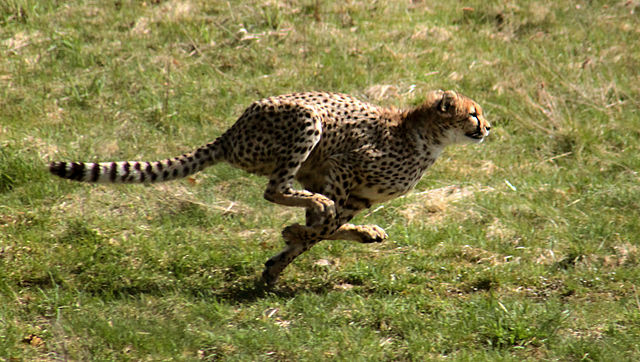- 3-minute read
- 27th February 2017
Grammar Tips: Adverbs and Adjectives
Broadly speaking, adverbs are words that describe how an action is performed, while adjectives describe the qualities of an object or person.
Both of these word types are crucial to writing descriptive, grammatical sentences, though, so it’s vital to know how they work. In the following, we run through the basics.
Adverbs (Actions)
Most of the time, adverbs are used to modify verbs (i.e. action words). This is typically to show the manner in which an action was performed. For example:
Boris danced happily when he heard the news.
Here, the adverb ‘happily’ modifies the verb ‘danced’, giving us more information about how the person in the sentence is dancing.
Adverbs can also be used to modify adjectives or other adverbs. With adjectives, this is usually to add further detail to a description:
Beryl was extremely tired that evening.
Here, the adverb ‘extremely’ shows the degree to which the adjective ‘tired’ applies.
Similarly, when used with another adverb, adverbs add more detail to a description:
After starting to feel ill, Boris decided to eat more slowly.
In this sentence, the adverb ‘slowly’ is combined with the comparative adverb ‘more’, which provides additional information about how the verb ‘eat’ is performed.
Find this useful?
Subscribe to our newsletter and get writing tips from our editors straight to your inbox.
Subscribe to Beyond the Margins and get your monthly fix of editorial strategy, workflow tips, and real-world examples from content leaders.
Adjectives (Things)
Adjectives are mostly used to modify nouns and pronouns. This means that they describe the qualities or attributes of someone or something. The qualities described by adjectives include:
- Taste (e.g. ‘a delicious biscuit’)
- Touch (e.g. ‘a soft pillow’)
- Colour (e.g. ‘a red car’)
- Shape and size (e.g. ‘a small, circular window’)
- Sound (e.g. ‘a hushed whisper’)
- Age and duration (e.g. ‘the young woman gave a short speech’)
- States of being (e.g. ‘a flaming torch’)
- Emotions and character (e.g. ‘a sad clown’)
Using an adjective to give more information about a noun is crucial in descriptive writing. It can also help us identify the particular thing we’re discussing (e.g. if we wanted to refer specifically to the ‘sad clown’, not the ‘happy clown’ employed by the same circus).

Mixing Up Adverbs and Adjectives
One common mistake is confusing adverbial and adjectival forms of the same basic word. For example, it’s not unusual to see a sentence like the following:
The cheetah ran quick!
But ‘quick’ is an adjective, while the adverb is ‘quickly’. So the sentence should be:
The cheetah ran quickly!

(Photo: Malene Thyssen/wikimedia)
Since most adverbs end in ‘-ly’, you can usually tell adverbs and adjectives apart from the word ending. You can even form adverbs from adjectives by adding ‘-ly’ to the end sometimes (or switching the ‘y’ for an ‘-ily’ when a word already ends in a ‘y’).
However, this isn’t always the case, such as with adverbs like ‘now’ or ‘almost’.
Whichever word you use, though, it’s important to make sure you pick the right term, since mixing up adverbs and adjectives can detract from the fluency of your writing.